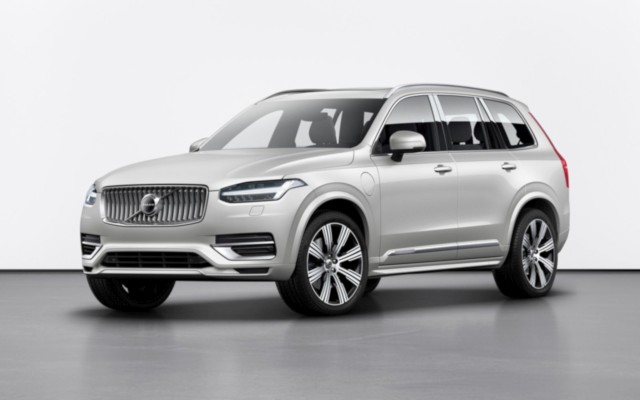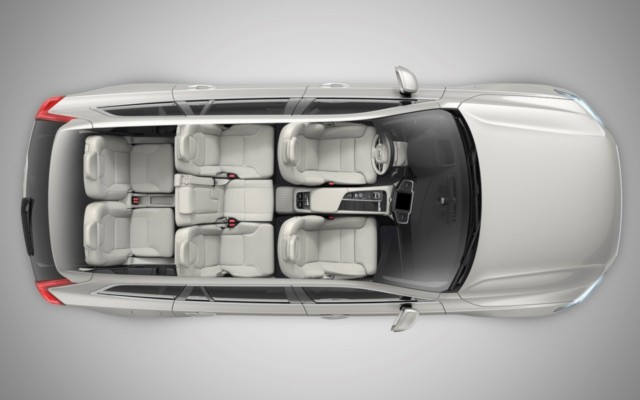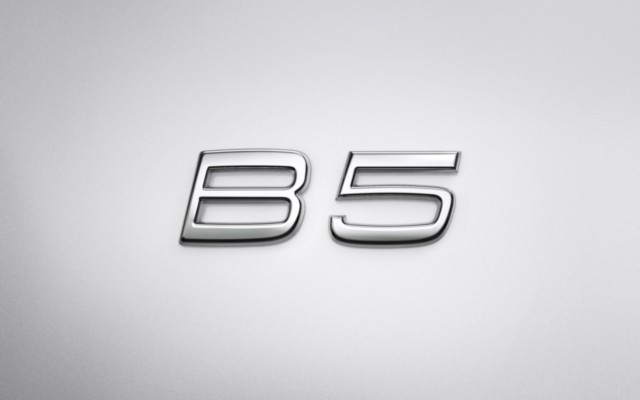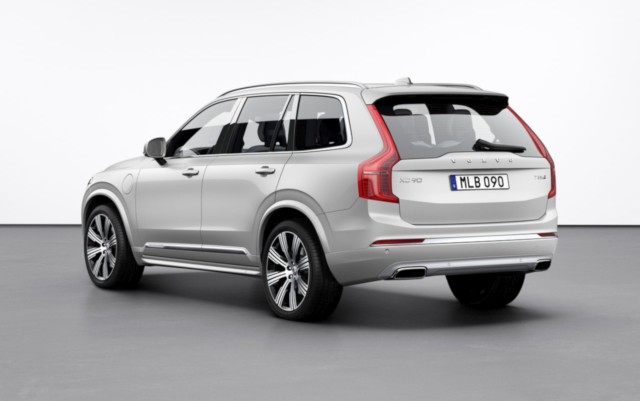
The new Volvo XC90 facelift for 2020 has been revealed and while there isn’t much different outside, there have been some major changes under the metal of the luxury SUV.

The XC90 was the car that got the ball rolling for the Swedish major some five years ago. Only fittingly, the facelift model marks the arrival of a new powertrain architecture – electrified, mild-hybrid petrols and diesels. These powertrains use an advanced kinetic energy recovery braking system integrated with the internal combustion engine – the engine line that will receive the newly-introduced ‘B’ badging. The system uses brake-by-wire technology that optimizes brake-energy recuperation while increasing fuel efficiency by up to 15 per cent as well as reducing real-world emissions. The new Volvo XC90 will have a B5 mild-hybrid petrol or diesel engine, as well as a more powerful B6 petrol mild-hybrid. The XC60 will soon be available with a B5 mild-hybrid petrol or diesel variant, a B4 diesel mild-hybrid as well as a B6 petrol mild-hybrid. The B5 petrol will be available with either front- or all-wheel drive.

Also read: Volvo XC90 D5 AWD road test review
The new Volvo XC90 T8 Twin Engine plug-in hybrid petrol model has received a bump in output from 390 PS to 420 PS. This new powertrain will be offered on the SPA-based 60 and 90 models in a phased manner. Volvo have not divulged details about the engine output (earlier 303 PS), the larger battery pack (earlier 10.4 kWh), or whether the 65-kW (88 PS) electric motor or the crankshaft ISG have been upgraded as well. The mild-hybrid system – again probably based on a 12-volt architecture since Volvo have not spoken of a 48-volt electrical system or an electrically-powered compressor – will provide assistance to reduce engine load when starting, overtaking and coasting.

Volvo’s smaller Compact Modular Architecture (CMA)-based 40 models – including the XC40 compact SUV – will also receive a new electrified option, in the form of a T5 Twin Engine petrol-plug-in hybrid. An all-new T4 Twin Engine plug-in hybrid option will follow later.
Volvo have upgraded production capacity to provide for up to 25 per cent for Twin Engine plug-in hybrid cars. The company’s goal is to have all electrified cars by the middle of the next decade.
Story: Jim Gorde




















Leave a Reply